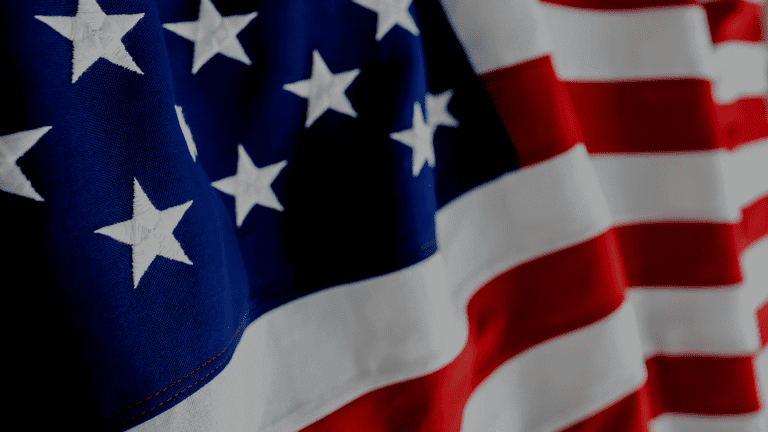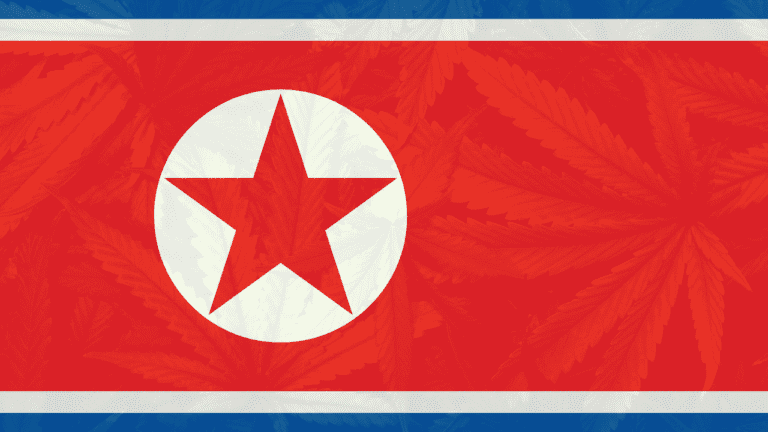Which spectrum of light is used for growing cannabis?
Cannabis plants are known to be very responsive to light. In fact, different types of light can have a significant impact on cannabis growth. For example, blue light tends to promote vegetative growth, while red light is often used to encourage flowering and fruiting.
Interestingly, cannabis plants can also absorb ultraviolet (UV) light. UV light is typically divided into two categories: UVA and UVB. UVA light is relatively harmless to humans, but it can be damaging to plants. UVB light, on the other hand, is the type of UV light that can cause sunburn in humans. Both UVA and UVB light can be beneficial to cannabis plants, but too much UVB exposure can actually be detrimental.
So, how does all this light affect cannabis growth? Let’s take a closer look.
Blue Light
As we mentioned above, blue light is often used to promote vegetative growth in cannabis plants. This is because blue light encourages leafy growth and helps to prevent stretching. Blue light is also thought to help with the development of strong roots.
Red Light
Red light is typically used during the flowering and fruiting stages of cannabis growth. This is because red light promotes flowering and fruiting, and it also helps to prevent stretching. Red light is also thought to help with the development of strong roots.
UV Light
UV light is divided into two categories: UVA and UVB. As we mentioned above, too much UVB exposure can actually be detrimental to cannabis plants. However, both UVA and UVB light can be beneficial in small doses. For example, UV light can help to increase trichome production, which can in turn increase the potency of the final product. UV light can also help to prevent mold and mildew growth on cannabis plants.








